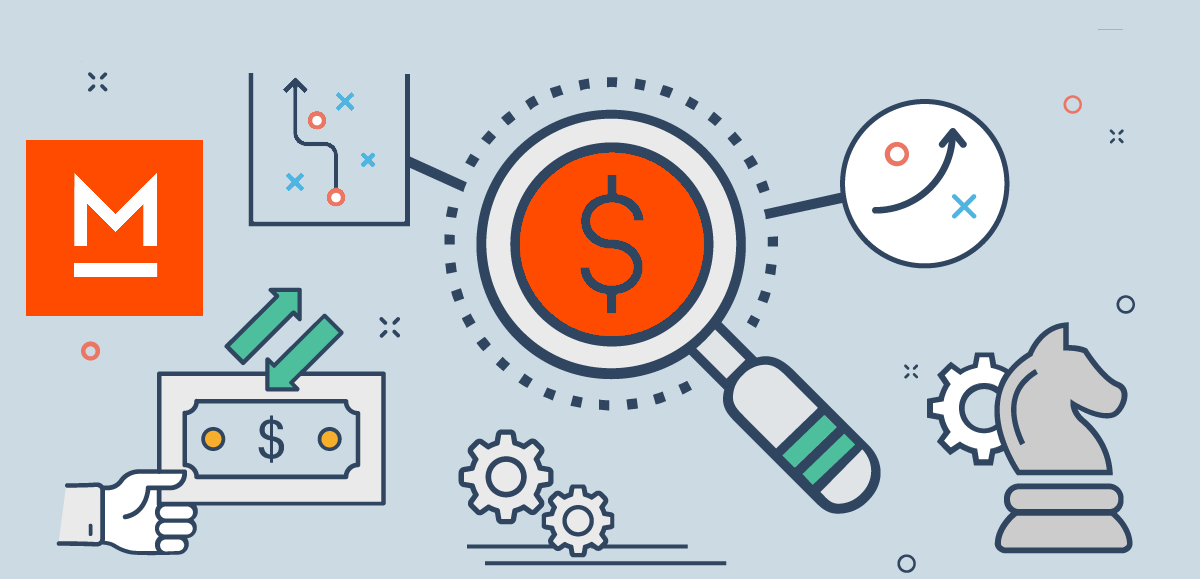
A B2B STARTUP’S GUIDE TO PRICING
- Posted by Konstantinos Karvounakis
- On July 6, 2021
- No tags found
There always comes a time during the early life (and recently, increasingly, later as well) of a B2B startup to question which pricing strategy to adopt. Look around; there are many options to choose from, that could range from simple models, like a one-off payment for a perpetual license, to more complex arrangements, be it dynamic consumption-based pricing. But how do you navigate all these options and decide which one is best for you?
At Metavallon, we have developed an indicative framework that could help decide which of the many options of pricing models and Game plans to adopt for your specific situation!
Principles on which the Pricing strategy should be based
Certain “universal” principles apply to almost anyone considering developing or changing their pricing approach. These are the following:
Recognize and protect strategic priorities by stage
The strategic priorities of your startup will change as it moves from one stage to the next. You should avoid undermining future strategic priorities through the wrong pricing approach early on.
Consider the elasticity of both price AND complexity
Most people think of elasticity mostly in the context of pricing. While this is important, the analysis should also consider complexity. A lot of times, a client might be willing to pay a premium for the simplicity of the pricing mechanism.
Identify both negative and positive breakpoints to move to the next option
You should not only have a fallback plan in case your pricing approach goes south, but also a plan on where you will be if it succeeds, and what are signals to transition there
MVC framework for Pricing model and Game plan selection
Applying those principles, we’ve developed a 5+2 step framework that will guide you to determine the optimal B2B startup Pricing Model and Game plan. The first 5 steps will help you get started, but you should proceed with steps 6 and 7 to ensure the successful implementation and eventual adoption.
Step 1- Define Strategic Priorities: The pricing and the strategy of B2B businesses are intertwined. Pricing plays a prominent role in the success of the strategic initiatives of B2B businesses. The appropriate pricing approach could allow you to increase your user base numbers, place a premium product, and much more. This means that you must set up your pricing approach around the strategic aspirations for your business.
Step 2 – Analyze Key Business Characteristics: These include your client base, industry and competition and your product offering.
Client base: Each client segment will have its preferences. Understand how easy it is to sell to clients using each pricing approach
Industry and competition: Industries are dominated by certain approaches, which are sometimes novel. You don’t have to go with the flow, but know industry norms and competition pricing
Your product offering: Identify which are your most valuable features, what is the best way to bundle them, what is the impact of your product on the client organization, and more.
Step 3 – Assess your Capabilities: Different pricing models require different capabilities. For example, dynamic pricing involves data gathering and analysis, and an internal process that will inform the pricing engine using continuous feedback. You need to know what you can do, what is out of reach, and what capabilities you need to build to reach where you want to be.
Step 4 – Juxtapose Options: Compare the different options based on the previous analysis. Eliminate the options that do not fit your strategy, the key business characteristics, or your capabilities. Rate the rest to prioritize those that fit you the most.
Step 5 – Choose the appropriate pricing strategy: Decide on your approach to the main components of the pricing strategy. Then, prepare the implementation and testing roadmap.
Step 6 – Prepare implementation and testing roadmap: Gradually shift to the designated pricing model. Begin pricing model testing with your existing clients (without imposing anything) and gather initial reactions before introducing it to the market.
Step 7 – Monitor progress for break and upgrade points: Closely monitor your important business KPIs to understand how the pricing approach affected them. You should be able to identify whether you are approaching your breakpoints (either upwards or downwards) to act.
One last thing – Act fast with corrective actions: Did you reach a breakpoint? Revert to your fallback plan or upgrade to the next stage of your pricing strategy/ approach.
The two components of the B2B Pricing approach
When you reach step 5, the final step of the main framework, you should have already completed all the prerequisite analysis and research. You are now ready to decide on the main pricing approach components.
There are two components to the B2B Pricing approach. These are the Pricing Model and the Pricing Game plan. The Pricing Model refers to the actual structure that will determine how and what your clients pay you. The Pricing Game plan involves many strategies that you can apply to boost several areas of your operations, such as your client acquisition success, market entrance or penetration, or even expansion into a wider user base. These two components combine to form a matrix, and you could decide to “play” anywhere within that.
Let’s dive into each component separately, by presenting the most indicative options:
Indicative B2B Pricing Models
Indicative B2B Pricing Game Plans
A company could adopt any combination that comprises one or more Pricing Models and one or more Pricing Game plans. This forms the aforementioned matrix. For example, a company could offer its product on a subscription plan. At the same time, to aggressively acquire new users, they might offer a 3-month unpaid trial period. Their pricing model is a subscription and their pricing game plan is a trial period, to acquire a large number of non-paying users, who they probably hope to convert to actual paying customers. In the 5X5 matrix, this example depiction would look like this:
What to do next
Feel free to begin mapping your characteristics to our framework, which you can adapt to your specific needs. Choose from the indicative options that we have identified, or from the countless ones that are out there. Do not forget to keep it simple.
Lastly, reach out to discuss your idea and how you can reach your goals driven by your pricing approach!







